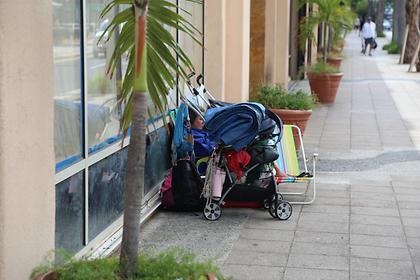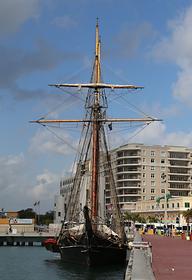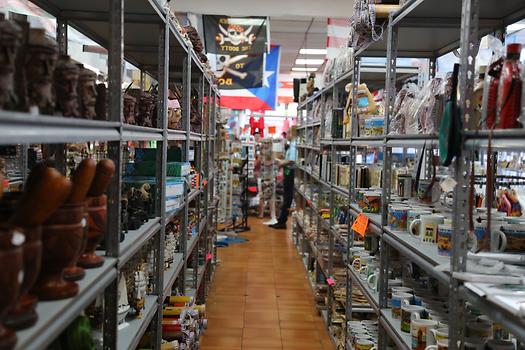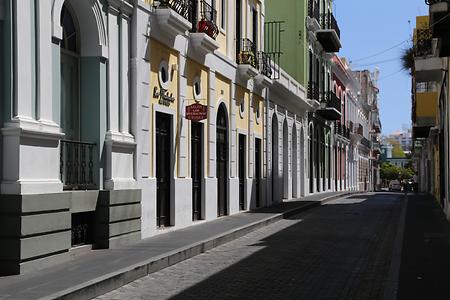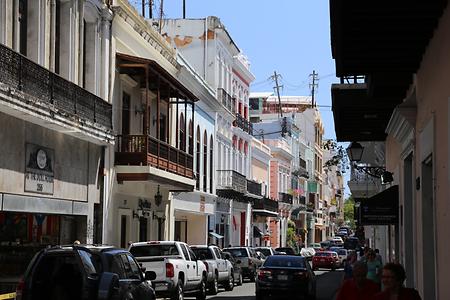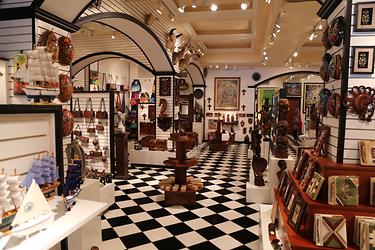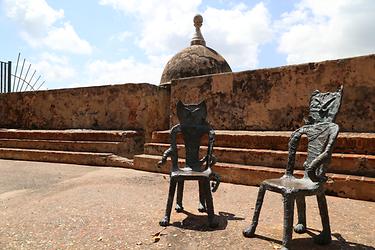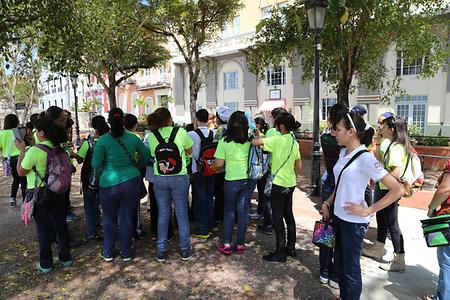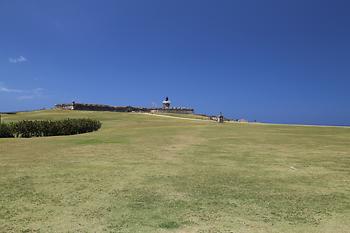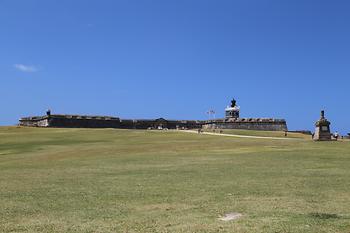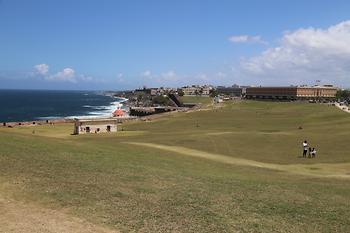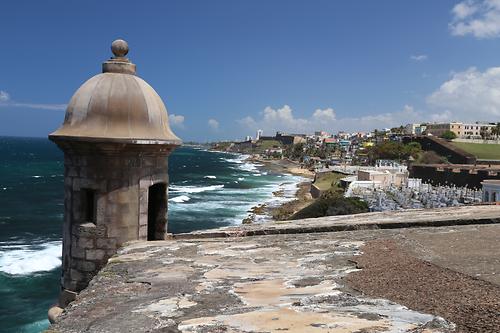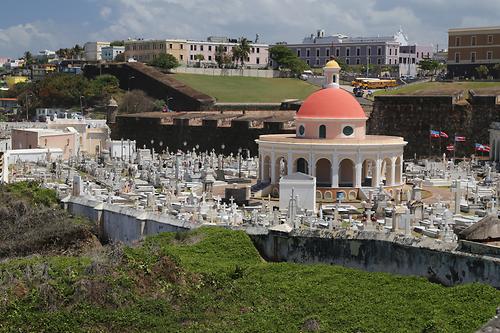Part I - Puerto Rico#
The island of San Juan was discovered on Columbus’ second voyage to the New World in 1493. He named the capital city Puerto Rico (rich port). In time, Spanish settlers switched the names to what we know them as today. As a settlement of the Spanish Empire, San Juan was used by merchant and military ships traveling from Spain as the first stopover in the Americas. Because of its prominence in the Caribbean, a network of fortifications was built to protect the transports of gold and silver from the New World to Europe. In 1898, Spain ceded the island to the United States by signing the „Treaty of Paris“. Although Puerto Rico has been a commonwealth of the United States for many years, the influence has not changed the inherently Spanish nature of the island. English is spoken and understood in most of San Juan, on the rest of the Island, Spanish is still the predominant language spoken. The old town of San Juan is situated on an island itself, separated through the Bahía de San Juan and the Caño de San Antonio from the Isla Grande to the south.
Old San Juan#
Old San Juan, also known as the "old city", is the main cultural tourist attraction in Puerto Rico. The main central part of the city ist characterized by narrow cobblestone streets and picturesque colonial buildings, some of which date back to the 16th and 17th century.
Fort San Felipe del Morro#
Sections of the old city are surrounded by massive walls and several defensive structures and notable forts. These include the 16th century Fort San Felipe del Morro (shown in the pictures below) and 17th century Fort San Cristóbal, both part of San Juan National Historic Site and the 16th century El Palacio de Santa Catalina, also known as La Fortaleza, which serves as the governor’s mansion. The Fort San Felipe del Morro is situated on the most north-western point of the San Juan Island, the so called Punta del Morro.El Yunque national park#
"El Yunque" national park is the only rain forest on US territory, around one hour drive south east from San Juan and is home to more than 240 plant- and animal species. 50 species of birds, 11 species of bats, 8 species of lizards and 13 species of coquí (a tree frog). Also some species of shrimp and fish while snakes are rare. 26 species of trees, masses of vines, 50 native orchids, epiphytes, giant ferns and mosses. A dozen of trails and foot paths lead through the forest which can be visited alone or with guides. After some walking, you can enjoy a fresh bath in the "La Mina" waterfall.
Thanks to the Bats#
The majestic ausubo tree (shown in the picture below) may have been inadvertently planted by a bat who ate the fruit, then dropped the heavy seed right in this place, maybe some 300 years ago. Bats are one of the main animals responsible for maintaining tropical rain forests. Many of the bats here eat fruit and are important in the distribution of tree seeds. Others feed on nectar and help pollinate night-flowering plants. Bats are the only native mammals in the El Yunque National Park. Some bat species found here occur nowhere else in the world.Leaving our starting point in San Juan, Puerto Rico, our first stop is the port of Charlotte Amalie, St. Thomas, U.S. Virgin Islands. Travel distance is 89 nautical miles (= 165 kilometers).

